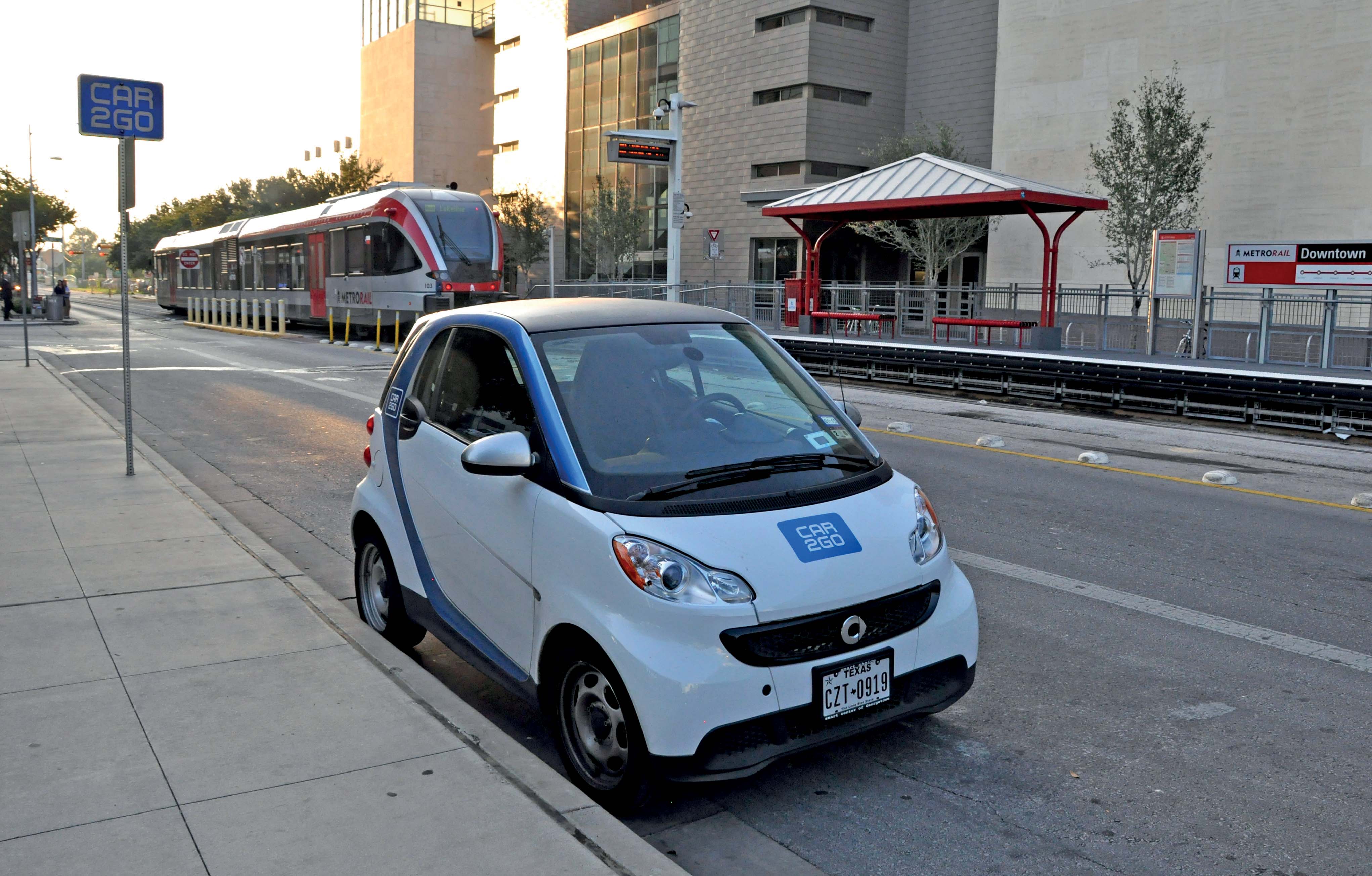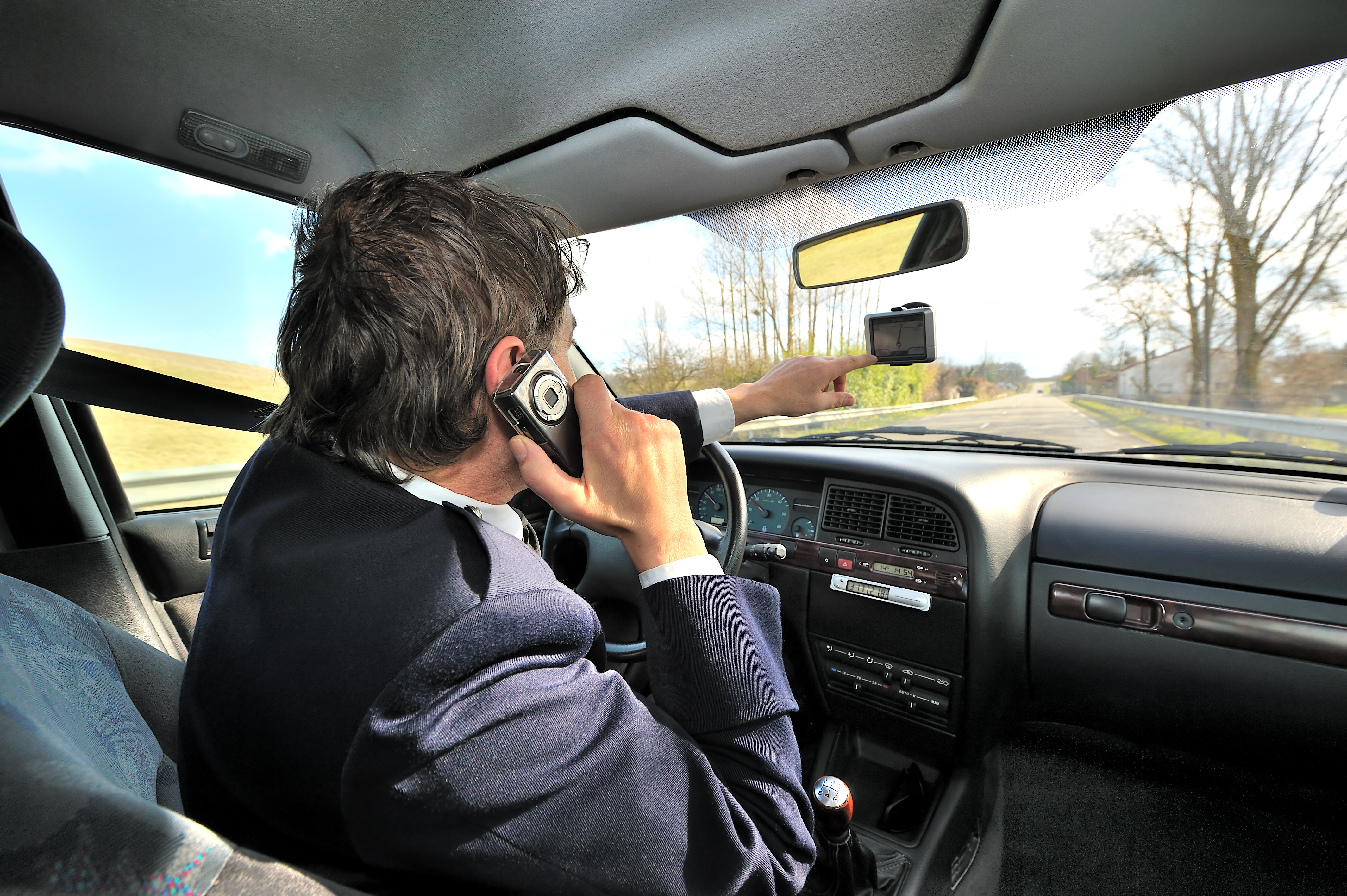
If anybody should know when Intelligent Transport Systems started that person is Professor Eric Sampson, a visiting professor at both Newcastle and London City Universities. Having spent 40 years working for the UK’s Department of Transport and other public administrations, Professor Sampson now supports the European Commission on ITS systems and advises
Some may argue that ITS can trace its heritage back to 1760 when John Harrison made his famous H4 ‘Sea Watch’, enabling sailors to accurately determine longitude at sea. In the Professor’s view it was 1973 when a Dutch Engineer called Job Klijnhout persuaded the road authorities in the Netherlands to run an incident detection trial using loops installed in a section of road. Japan and other nations were also conducting early experiments around the same time but the projects were rather disparate.
However, the technology really came to the fore after 1984 when America’s President Regan allowed civilian uses of the Global Positioning System following the previous year’s downing of a civilian Korean airliner which had strayed into Russian airspace. Before the century was finished, President Clinton removed the ‘wobble’ introduced into the GPS signal to downgrade its accuracy in civilian use, thereby enabling many of today’s ITS technologies.
“For the first time highly accurate GPS technology was available for civilian uses and from that has come satellite navigation systems, geo-positioning and e-Call, to name but a few,” says the Professor, who around that time was setting up the Transport Technology Division for the UK DOT. “At the start there were no boundaries to the thinking and the policymakers wanted to follow where the technology could lead, however the systems were often impractical or the equipment was too expensive. Back then new technologies were being introduced every other week and making many previously ‘pie-in-the-sky’ schemes practical and affordable.
“Suddenly you could get complete maps on a CD ROM, microprocessors and their batteries became more powerful, longer lasting and were smaller, lighter and cheaper – it was a complete paradigm shift.”
But technology innovation cuts both ways and some projects had to be aborted because new technologies made them obsolete before they were even completed.”
It is at this point that reality started to set in as increasing the technology could perform all manner of tasks but political approval was necessary before implementation could happen and that was not always forthcoming. “Politicians find it extraordinarily difficult to implement changes that are blindingly obvious to others. Changing things is always politically difficult and many policies, such as road user charging was, and still is, just too difficult for politicians to swallow.”
In many areas ITS was applied to ease congestion and improve safety and in tandem with higher crash resilience for cars, road fatalities were dropping but not amongst all user groups; young motorists, children in inner cities and 55-year-olds returning to motorcycling were bucking that trend. In the face of reluctance on the part of many governments to address the problem of young and inexperienced drivers, the insurance industry has stepped in using ITS systems to police ‘pay as you drive’ and ‘pay how you drive’ policies. The technology detects how a vehicle is being driven so companies can impose curfews, and mileage and behaviour restrictions on young drivers in return for affordable premiums.
Thirty years on is the ITS sector really ‘living the dream’ and have all the problems been solved? Not according to the Professor – indeed far from it. He cites e-Call as an example: “e-Call is at its most useful in rural areas where an accident can go undetected for some time – but that’s where mobile phone coverage is often very poor.
If an accident happens in an urban area there is very likely to be somebody around to report it and you could argue in those circumstances e-Call is redundant. Should the road authority fund improvements to the mobile phone network or accept e-Call will have ‘blind spots’ where it is needed most?”
So where does he see the next big breakthrough coming and what will roadsides and vehicle dashboards look like 20 years hence? “Getting the benefits from V2I will bring about some of the most notable changes,” he says, adding:
“In theory we won’t need external variable message signs because all that information can be sent directly to the vehicle and appear on the in-dash display or the driver’s mobile phone which will be tethered to the vehicle.
“That information could also be tailored to the particular journey the driver is undertaking, and this will pose big problems for authorities in the coming years. What authorities don’t realise is that there are other organisations out there that will provide their own advice in regards to routing and avoiding delays. Authorities cannot stop that.
“There will be competing products from the vehicle manufacturers and third parties. A driver may use the vehicle manufacturer’s systems for information such as lane change and blind spot warnings while getting satellite navigation from a third party supplier via a smartphone app.
Road authorities will lose their ability to influence drivers’ routing and detours unless they become actively engaged with these third party suppliers.”
As soon as five years hence, he predicts, difficult decisions will start having to be made including the renewal of variable message signs.“We will soon reach the point where most drivers have a satellite navigation system or a navigation app on their smartphone. So if the variable message signs are not replaced or switched off, the equipped motorists will know there is a delay ahead and make a detour whereas those without will carry on regardless. But it only needs 10% to 15% of the vehicles to make a detour in order to relieve the congestion, so an authority could argue that everybody will benefit.”
Road charging
With that level of technology on board, technically it would be relatively easy to implement a road charging system and the Professor is impressed with the Oregon approach. “If drivers want absolute privacy they can opt to pay an annual fee – albeit set at the highest level, instead of the pay-as-you-go road user charge.”He adds that privacy is not as easy as many think and anonymising one data set may not be sufficient and again cites e-Call as an example: “By cross-referencing the time and location of a crash reported via e-Call with local hospital admissions, it wouldn’t be difficult to determine who was involved.”
Asked about key priority for the transportation sector going forward, he says mobility as a service. “Big cities around the globe are moving into a different transport world where the use of transport and not the ownership of the means of transport, is key. Local policies, especially around vehicle parking, will deter private car ownership and new models of ride sharing, car sharing and vehicle rental will spring up and the insurance sector will change to suit that new reality. Vehicle manufacturers and transportation authorities will also have to adapt.”
Perhaps the big challenge then will be to determine usage patterns in order to provide enough vehicles, buses, bicycles and trains at the right place and the right time. In this he cites the work done by Professor Jo Wood of City University in plotting the journeys undertaken by hire bikes in London. “It allows you to visualise where bikes are going from and to in order that you can redistribute them to where they are needed and see if there are holes in the network.
“Pattern recognition like this could be used on old traffic data in order that the system can ‘learn’ patterns of movement that result in congestion or accidents. Then when the system recognises that pattern emerging in live traffic data, it can alert the traffic operators to act in time to prevent the otherwise inevitable problem.
“That’s the potential ITS still holds and it will be delivered long before another two decades have passed.”










